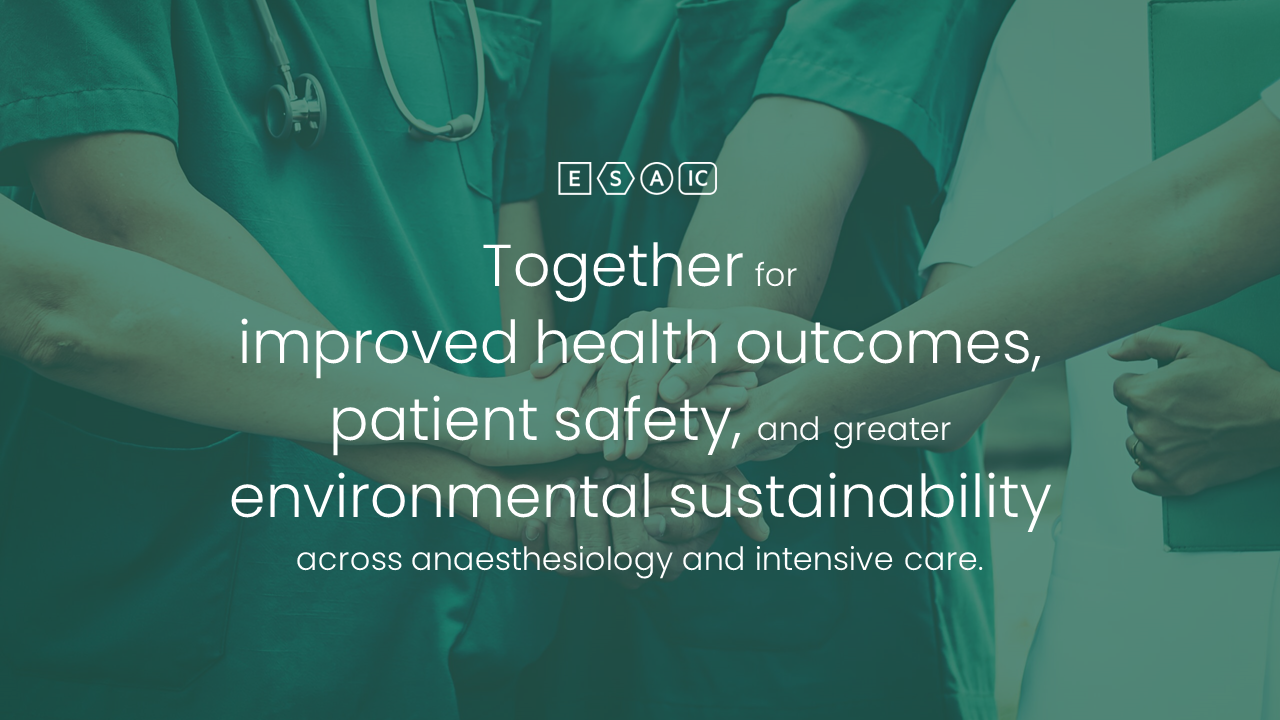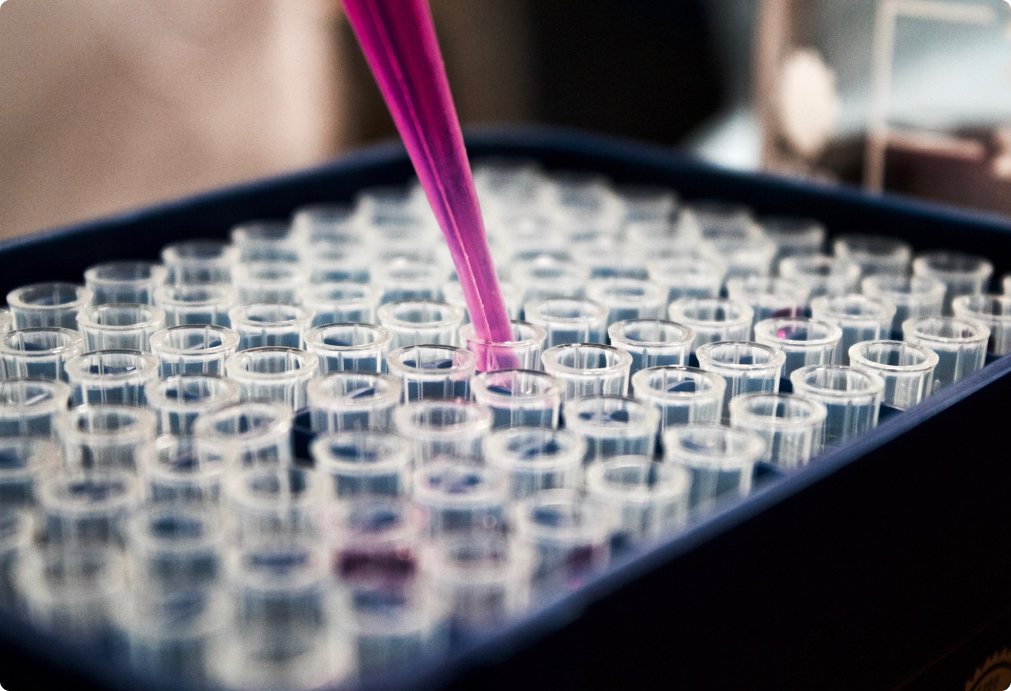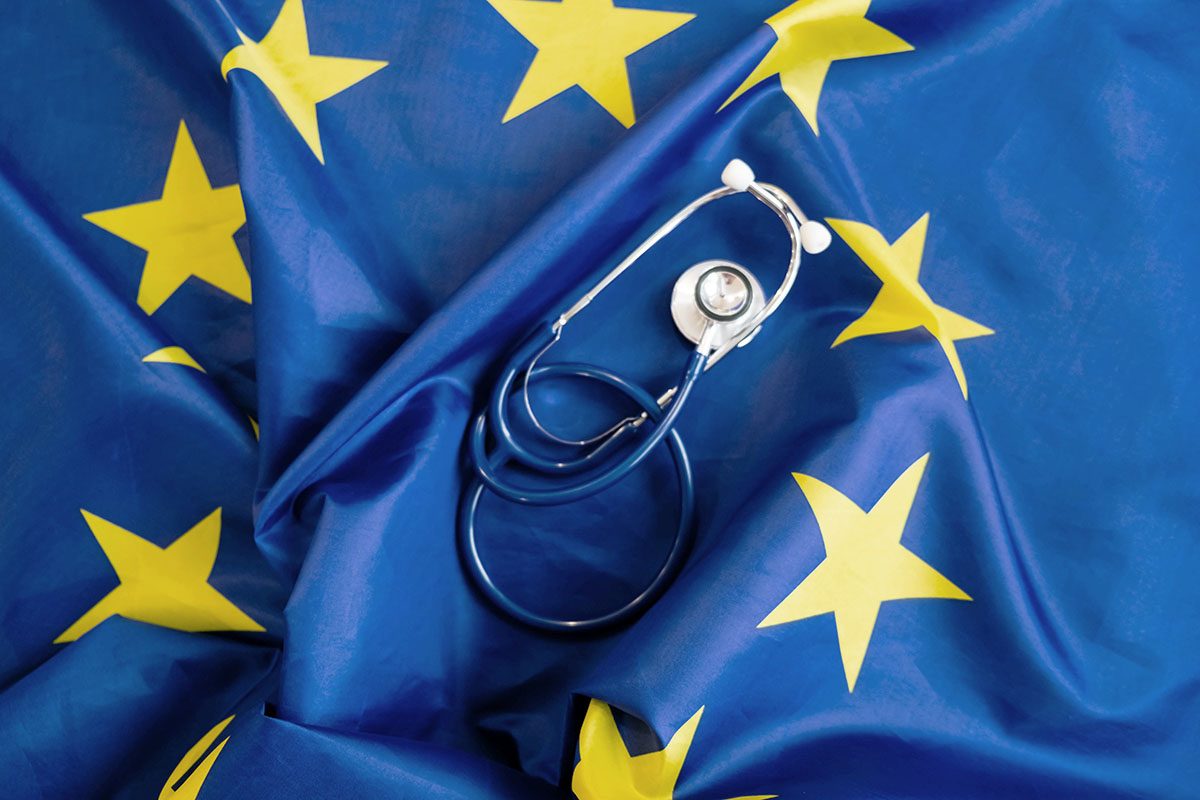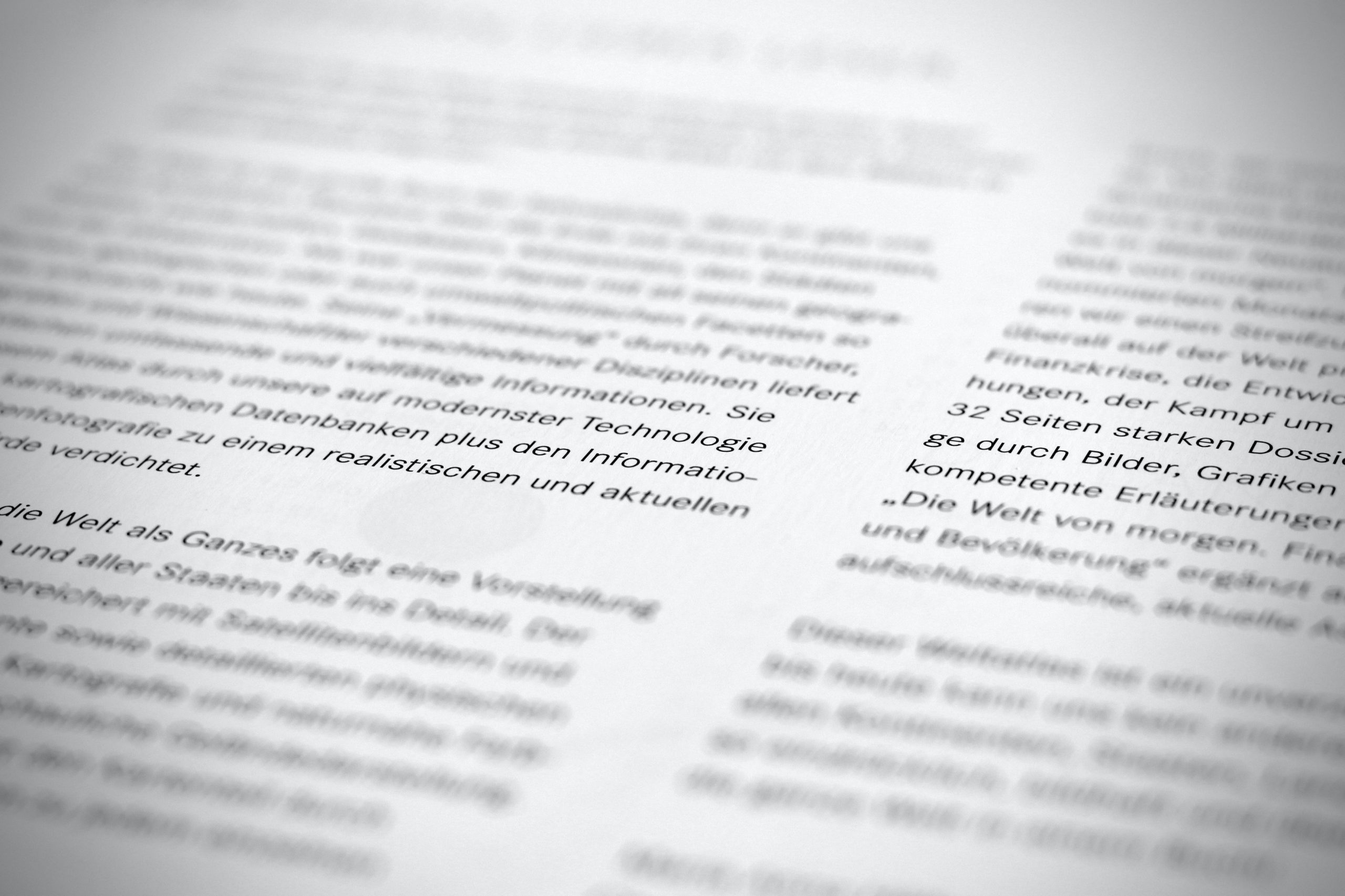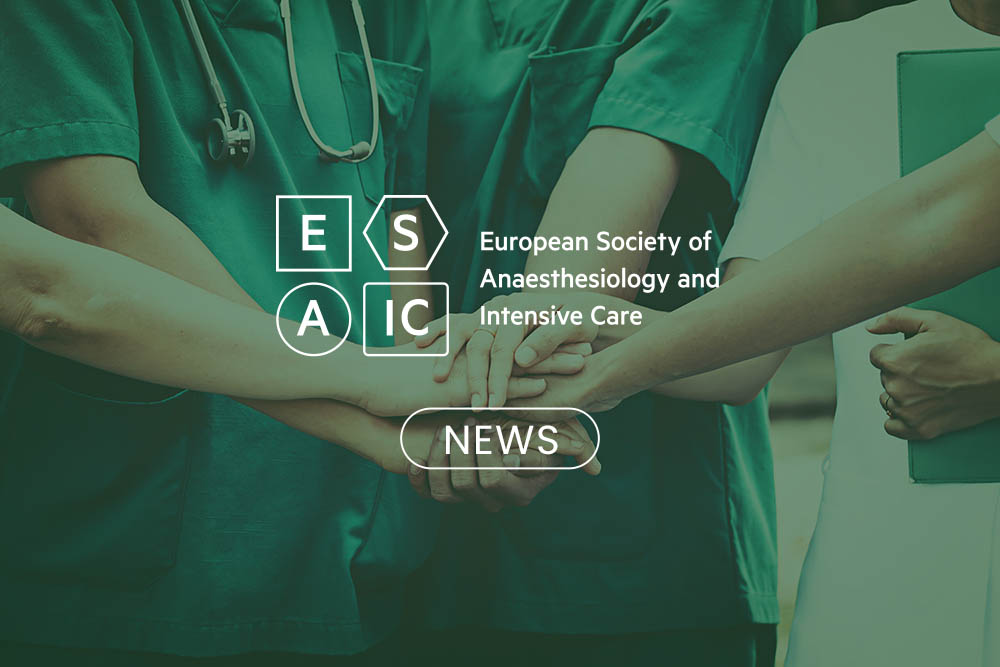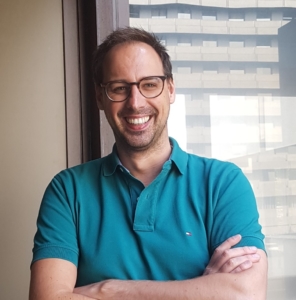Newsletter 2020
A new beginning in what we hope will be a long string of learning opportunities

As I am writing this, we have just wrapped up successfully our first American and European Societies webinar “Non-Operative Room Anaesthesia – new challenges as our scope of practice changes.”
This webinar was made possible by a grant from Medtronic and featured 6 speakers, 3 from the European Society of Anaesthesiology (ESAIC) (Professor Emeritus Gabriel Gurman from the Ben Gurion University of the Negev, Professor Poelaert from the University of Brussels, and Dr Ruggero Corso from Morgagni Hospital in Forli) and three from the American Society of Anesthesiologists (Professor Kumar Belani from University of Minnesota, Associate Professor Richard Urman from Brigham Women’s Hospital in Boston and Associate Professor Fred Shapiro from Harvard University). The webinar was led by the moderator, Dr. Zeev Goldik (Chair of Anesthesia Department at Lady Davis Carmel Medical Center in Haifa, Immediate Past President of the ESAIC). The scientific support was provided by Dr. Reino Poyhia, Adjunct Professor at the University of Helsinki.
It was history in the making for both societies in teaming up and accomplishing such a successful webinar with 90% of participants ready to recommend the webinar and 81% of participants evaluating the webinar as ‘very satisfied’ or ‘satisfied’ during the live broadcast.
It was a tremendously satisfying experience for all our team to not only develop the webinar content and go through the live broadcast, but to see the audience engagement, the interactive aspect of the webinar and to be able to actively participate in the platform discussions, which allowed for shared information from both sides of the ocean.
The entire process gave us so many opportunities and challenges from the time allocation limitations to addressing the most up-to-date information. It created a sense of teamwork and situational awareness that surpassed even our expectations as we navigated our approaches, goals and content.
And that was our best accomplishment: to work fluidly as a team and to mutually support each other.
The webinar addressed multiple aspects of the more “historic” non-operating room anaesthesia (NORA), leaving room for the future to address “newer” NORA aspects: new interventional procedures, new cardiac catheterization procedures, etc.
Aspects that were covered were related to:
- The challenges presented by an older, sicker adult population, which mainly represents the NORA population.
- The preoperative evaluation and risk assessment for NORA patients.
- The intraprocedural standard of care and monitoring.
- Airway challenges in NORA patients.
- Postoperative complications.
- Paediatric population concerns.
- Office based anaesthesia challenges
The webinar featured an interactive, lively discussion that took audience questions and answered them on a dynamic journey. It allowed for a shared experience from both sides of the isle, as faculties took turns to answer. Aspects of practice differences between the US and Europe were highlighted and reviewed.
It also featured a pre-test and post-test that offered on both continents CME for the participants.
Most of the audience questions focused on patient safety guidelines, appropriate medications used in NORA and appropriate use of monitors.
It is the first such venture that incorporates views from US and European practice. While some aspects differ based on legal as well as cost containment constraints, it was remarkable to note how close the practice on both continents truly is. In an ever-increasing global world, the goal of standardised anaesthesia may soon become reality.
Aside from the statistical success, aside from the professional knowledge dissemination that the webinar achieved, as the chair of this venture I was mostly impressed by our dynamic, smooth and fluid collaboration.
From all those involved in making it an IT and marketing success, from those involved in coordinating all the materials, conference calls, editing, to our make-up artists it was a seamless experience.
I could not end this without mentioning our speakers, the scientific support of Dr. Poyhia and the webinar moderator Dr. Zeev Goldik. They did an extraordinary job of delivering a timely, informational and up to date presentation that again, flowed seamlessly from and to both the Brussels and Chicago studios.
We as a team had a lot of fun working through the steps of making the webinar. The audience gave their approval stamp,with 349 viewers during the live webinar and 750 registrants. We hope registrations and viewers will continue to enjoy the webinar and earn CME in the process.
Both ASA and ESAIC are encouraged by such a well-received product, and will continue to look for avenues to replicate such ventures in the future, making this a multiannual event.
We hope in doing so to continue to deliver interesting content, interactive discussion and continue to improve the learning process for our audience.
